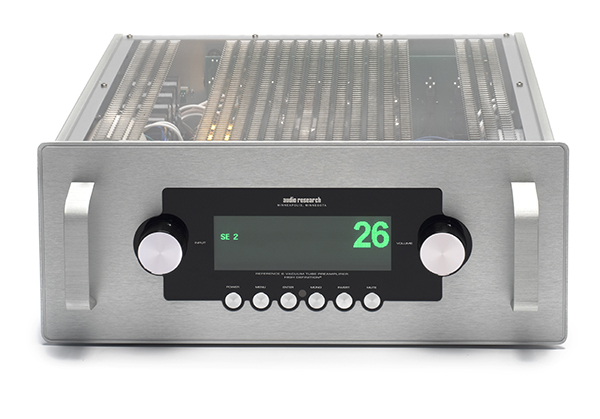
With a lineage stretching back to 1970 Audio Research, based in Minneapolis, Minnesota has built their reputation on constant, engineering based improvements to their products. Their Reference linestage preamplifier line remains a coveted commodity among ARC enthusiasts, and the Reference 6 linestage preamplifier solidly continues this tradition. Based heavily on what was learned creating the two chassis, Reference 10 flagship, makes for a major jump in performance over the outgoing REF 5/5SE, an award winning linestage in its own right.
More than a pretty face
On the outside, the REF 6 sports some eye-catching changes. ARC’s new chassis design was engineered for two reasons. First, ARC is updating the aesthetic of the Ref line. A clean, modern appearance moves away from the classic, more industrial ARC look. The visual design of the REF 6 comes straight from the desk of Livio Cucuzza and his team, the ones responsible for the trend setting aesthetic of the highly popular G-Series. Tastefully integrating style cues from the past models with a more modern look and better finish work, Audio Research components finally look as good as they sound.
ARC’s team also built in a greater level of structural rigidity intended to “assist in the dissipation of electrical and mechanical interferences.” Immediately evident is the beautifully milled faceplate, available in either an anodized back finish or the natural aluminum finish of our review sample. Substantial handles on the front of the REF 6 pay homage to past models, offering a visual contrast to the otherwise flat front. The handles also offer a practical function when moving and placing the 36.5 lb. (16.6 kg) linestage. With overall dimensions of 19” (48 cm) W x 7.8” (19.8 cm) H x 16.5” (41.9 cm) D, the hefty REF 6 requires a fair amount of real estate on the audio rack.
When placing it, headroom is another important consideration. The tube complement generates a lot of heat and adequate ventilation is necessary for the long-term health of the unit. Under the REF 6’s transparent, vented Lucite hood, the owner can witness the tidy circuitry within. The tube complement consists of six 6H30P dual triodes, plus a single 6550C and a 6H30 regulating the beefy power supply.
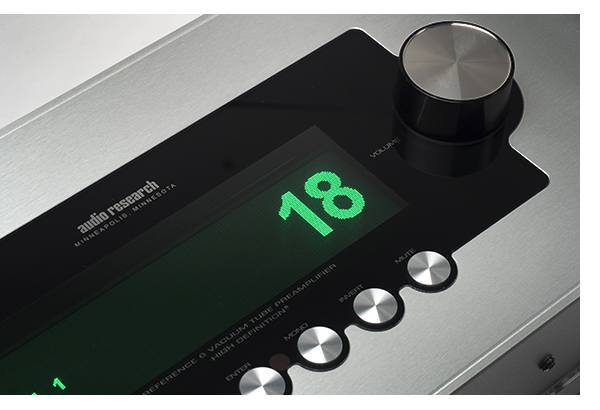
Control freak
As part of the newly-adopted aesthetic, an elegant simplicity drives layout of the REF 6 control panel. In addition to the large input selection and volume knobs, six dime-sized buttons manage the rest of the adjustments. Specific buttons control power-up, a choice between mono or stereo playback, phase reversal, and mute. The remaining two buttons, “menu” and “enter” bring to life the REF 6 menu options, and allow the owner to customize his or her preferences for each.
To get the most from the REF 6 tube complement, one menu option allows the user to see the number of hours on the current tubes. According to AR, new 6550WE tubes should serve their owner for about 2,000 hours, and the 6H30 tubes offer roughly twice that life span. When the tubes eventually wear out, ARC offers carefully matched replacement tubes. As there are not a lot of variations on the 6H30 tube, just giving the factory a call is the easiest way to roll. To maximize tube life, owners will delight in another REF 6 feature. The owner can set an automatic preamp shutdown to engage at a one to eight-hour interval. This feature can be disabled if you prefer fully manual control.
The REF 6 also offers the ability to assign a specific input for home theater pass-through in instances where the linestage is part of a larger home theater system. In this scenario, the REF 6’s volume control disengages when that particular source is selected, deferring to the surround sound processor’s volume controls. The ability to assign names to each of the REF 6 inputs also makes it easy to keep inputs straight on more complex systems.
ARC has always offered a very basic, plastic remote. Keeping with the aesthetic of the new design a milled aluminum remote accompanies the REF 6 and REF Phono 3. It’s a nice, but not ostentatious touch that complements the new look, and is roughly the size of the plastic remote of old. Prospective owners should note that the REF 6 sports a 20-amp IEC power socket, so if you are contemplating a power cord upgrade, plan accordingly or find a high quality adaptor, like the one from Shunyata.
Featuring four inputs, each having the option of single ended RCA or balanced XLR connectors makes the REF 6 one of the most versatile linestages going. Two sets of RCA and XLR variable outputs are joined by a fixed level, record out option – handy for those either stepping up to the tape game or digitizing some of their favorite music. 12 volt trigger and RS-232 interfaces are also available for those wanting to tie everything together, or in a custom install situation.
Music to my ears
When the power button is depressed, the REF 6 kicks into a 45-second warm-up mode, bringing the tubes up to temperature slowly, maximizing their lifespan. Mute is engaged automatically during that process, and must be un-muted before music can proceed.
Right out the gate, the REF 6 proves stunning in several ways. The immediately enveloping soundstage has musical elements bursting in all directions, projecting a seemingly limitless picture that defies speaker placement. Airy subtleties reside in the distance above, below, and behind the speakers offering a spooky level of realism, and the REF 6 is one of a very short list of special linestages that renders an incredibly real picture of the recording without crossing the line of being super sized for effect. Listening to Lucinda Williams “Can’t Let Go” places her in my listening room at a correct size, making the presentation that much more believable.
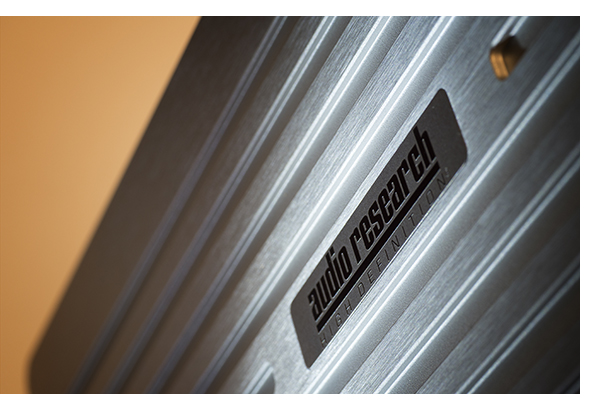
Combined, these characteristics give not only insight into the subtleties engineered into a song, but a sense of the space used to record it. At the same time, the musical picture never seems artificially inflated. Similarly, the organ notes in Johnny Cash’s treatment of “Danny Boy” found on American IV: The Man Comes Around, paint a palpable picture of the cathedral used as the recording location. Cash’s gravelly immediacy, combined with the subtle reverberation in the recording hall has me looking over my shoulder, feeling if I’ve seen a ghost.
In my reference system, the REF 6 provides a very slight degree of warmth to the musical picture alongside its ability to retrieve tiny sonic details from a recording. In my experience enjoying equipment over the years, that balance can be a tenuous one for a product designer to achieve. A convincingly realistic and detailed presentation is desirable, but that sonic goal can sometimes lean toward an overly-lush sound, or be accompanied by etch or stridency. The REF 6 never hints toward either extreme which can detract from the organic sense of the musical presentation. The REF 6 provides a relaxed and natural musical flow emitting from the speakers. It’s easy to get lost in the sanctuary of beloved recordings and forget about everything else.
Bass reproduction represents another strong suit. On tracks like Jane’s Addiction’s “Three Days” all the pluck, resonance and rumble the sound engineer captured in the bass guitar track are projected with convincing authority. However, bass in never reproduced in an overly-accentuated, or one-note way. Again, the REF 6 reveals its innate character for organic reproduction. No apparent sonic manipulation colors the window into the music.
Regardless of musical genre, the REF 6 steps up to the challenge. Listening to classical, jazz, rock, electronica, reggae, vocal performances and anything else thrown at the REF 6, it never fails to impress. When speed and agility are demanded by the music, it delivers. Similarly, when delicacy and nuance are dictated by a recording, REF 6 nails that as well. Green Day’s American Idiot projects with all the angst and attitude one could hope from the album. In contrast, chamber music reveals the subtle differences between the various stringed instruments with ease.
Simply put, the REF 6 is among the finest linestages I’ve had the pleasure of hearing in my own listening space – it’s hard to imagine expecting or wanting more from a preamplifier. It would be easy to live with this linestage for the long haul. This caliber of musical prowess doesn’t come cheap, but at $14,000 it’s not crazy money either. Most importantly, the price has only increased $1,000 over that of the outgoing REF 5SE, so that’s major progress.
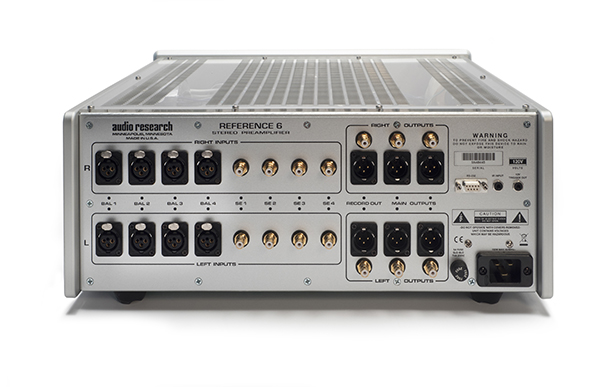
Additional Listening: Jeff Dorgay
Being a Midwestern native, I’ve always appreciated the sheer practicality of the folks at Audio Research. Unlike my days of writing about digital cameras, sometimes a year before product is available, ARC rarely puts review gear in to the review stream until they’ve delivered the goods to their loyal customers. Bravo.
Needless to say, TONE staffer Tom Caselli was one of the first guys on the list and had his a few weeks before ours arrived, and he was quick to let us know the good news. “Amazing, way better than the REF 5SE that I traded in.” Other fellow audiophiles I know that are doggedly loyal to the brand echoed the same sentiment, at a higher level of enthusiasm than normal too, so the buzz was building around here.
Having owned the REF 5 and 5SE models and going way back with numerous ARC preamplifiers over the years, the REF 6 is a wider jump up the evolutionary chain than the past few models. As Rob mentions, it draws heavily on what was learned in the development cycle of the REF 10. At some point it may just be time for a head to head comparison…
While many have been asking for said comparison with the GSPre that has been residing here for some time, that’s not a fair fight, as the GSPre includes an excellent phono stage along with a headphone amplifier. Think of the GSPre as offering about 2.5 quarts of what a gallon of the REF 6 does with the other bits thrown in. The REF 6 will more than likely appeal to a different customer a few clicks higher on the audio food chain.
On top of all the sonic improvements, ARC has drastically diminished the time to great sound with their products. They still mention in the owners manual that the REF 6 will take 5-600 hours to sound its best, but unlike past designs, this one sounds fantastic out of the box. Granted, it does improve with time, but the delta is not quite as dramatic as in past models.
Whether you use the REF 6 as a reviewer’s tool or simply to relish your music collection, make no mistake: this is a destination component. There are a few others lurking that have a different sonic flavor, reveal a bit more music, or have a few more bells and whistles, but they will cost a lot more. In terms of sheer musicality, the REF 6 is the one to beat for $13,000.
Whatever they are up to in the lab at ARC is working. The REF 6 retains all the strengths of the outgoing REF 5 series, yet is more extended and dynamic, while adding more soul and musical saturation than the past model. That’s not an easy achievement, and I always wonder how they do it.
Keeping the price at $14,000 is impressive, especially in light of the major sonic and aesthetic improvements. The tough question is “should you trade up?” This depends on you. The REF 5 or 5 SE you currently own is certainly not rubbish by any sense of the word. They are currently fetching about $9,000 on the secondary market, so if you just have to have more juice, you won’t be disappointed. The REF 6 is not an update you have to strain to hear.
These are agonizing questions you ask when staring at the ceiling at 3a.m.. Who would have ever thought 30 years ago that audio engineers in 2016 would be pulling still more performance from triode tubes to increase our musical listening pleasure? That’s pretty cool. For those of you not suffering from trade up anxiety, run don’t walk to your ARC dealer and check it out. This linestage offers so much legacy, performance and long term value, we are happy to give it one of our Exceptional Value Awards for 2016. Life is short. Buy one.
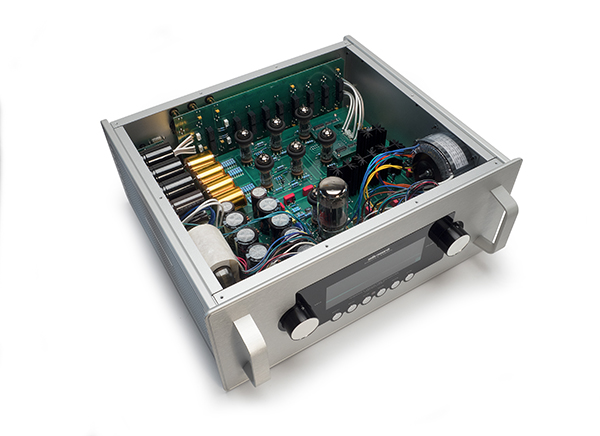
The Audio Reseach REF 6
MSRP: $14,000
www.audioresearch.com
PERIPHERALS
Digital Sources: Mac Mini, Roon Music Service, dCS Debussy, Synology DiskStation
Amplification: Burmester 911 mk3
Preamplification: Coffman Labs G1-B
Speakers: GamuT RS3, JL Audio Dominion Subwoofers
Cables: Jena Labs
Power: Torus AVR 15 Plus, RSA Mongoose power cords
Accessories: ASC tube traps, Mapleshade Samson audio racks, Coffman Labs Equipment Footers, AudioQuest Jitterbug, Atomic Audio Labs Mac Mini stand
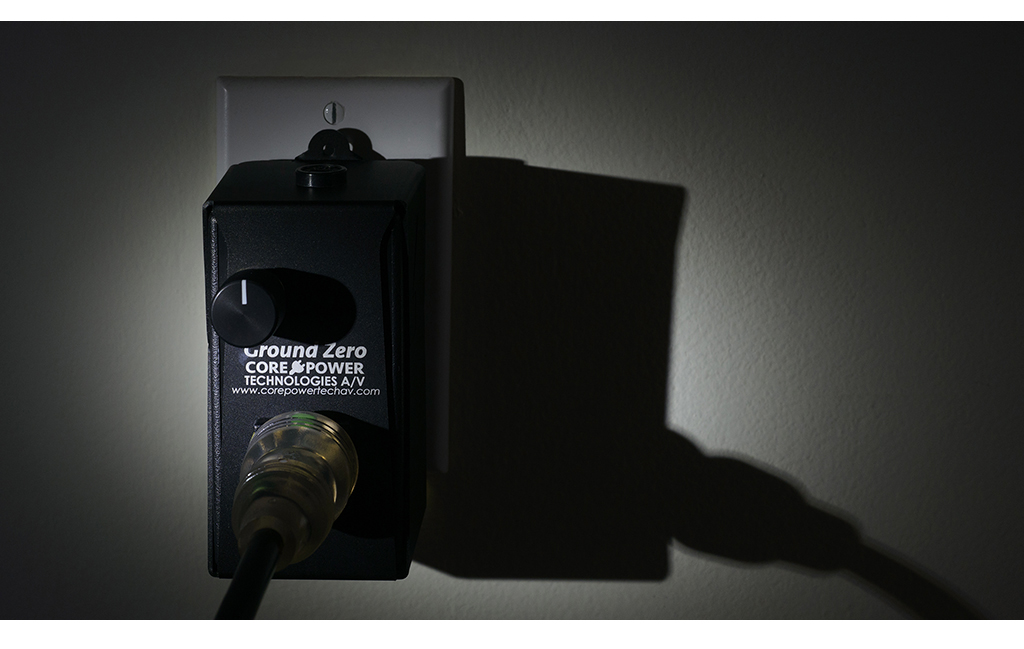 Got hum in your system that you just can’t get rid of? Is it driving you nuts? Have you tried power conditioners, cheater plugs, etc.? Still there? Still mad?
Got hum in your system that you just can’t get rid of? Is it driving you nuts? Have you tried power conditioners, cheater plugs, etc.? Still there? Still mad?


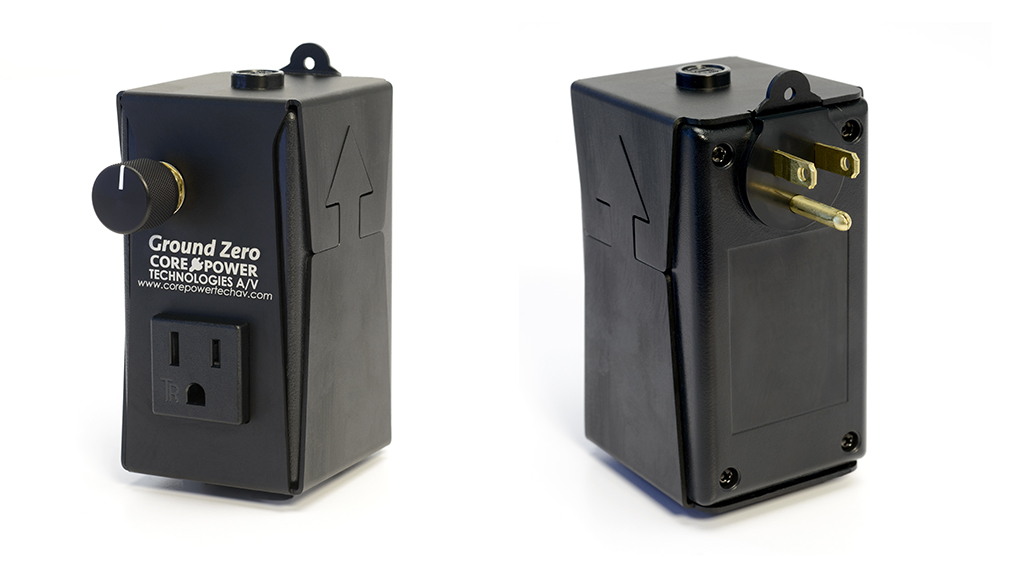
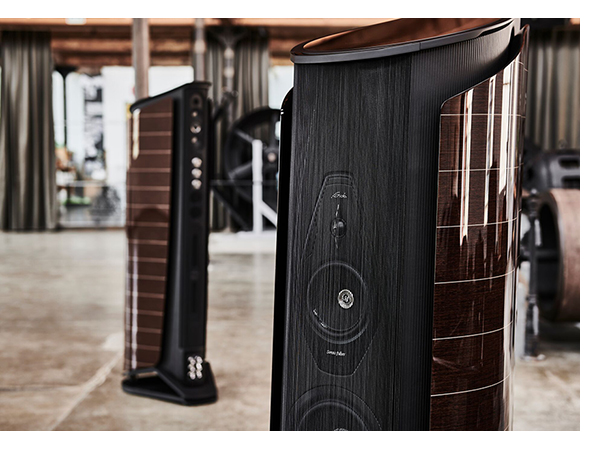
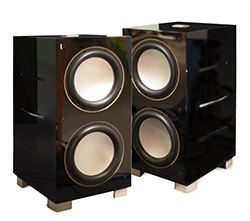
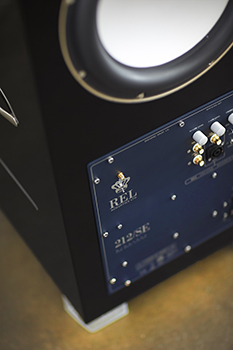
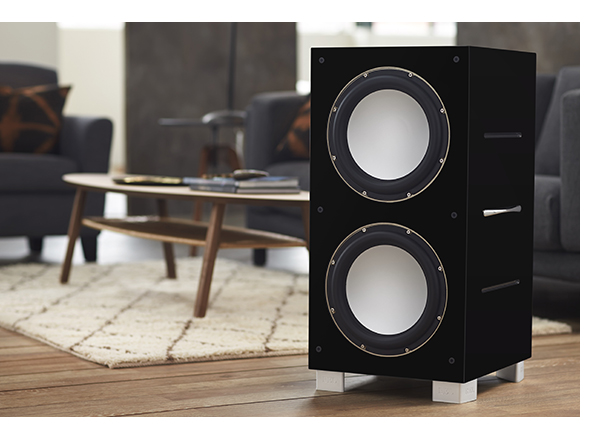
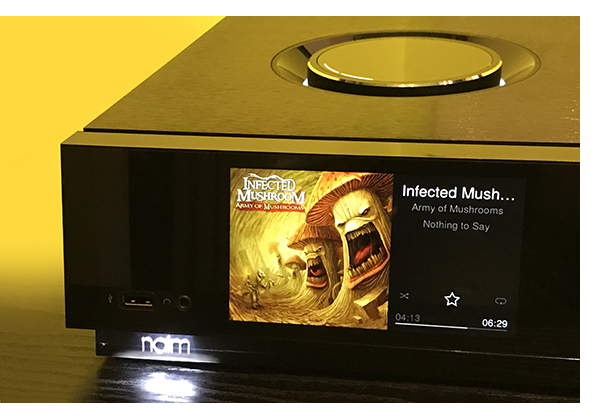
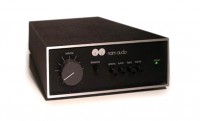
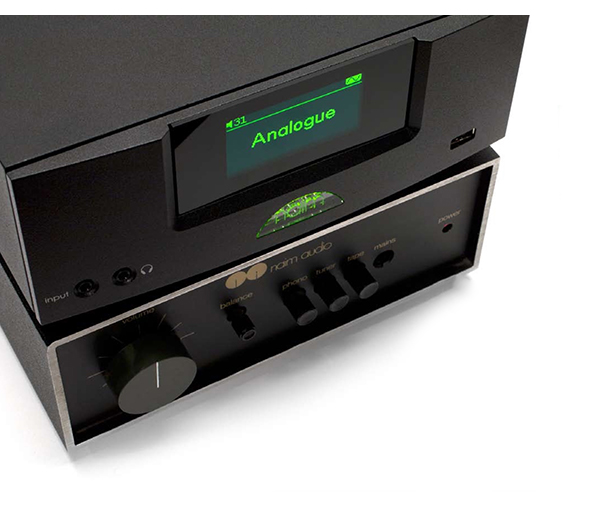
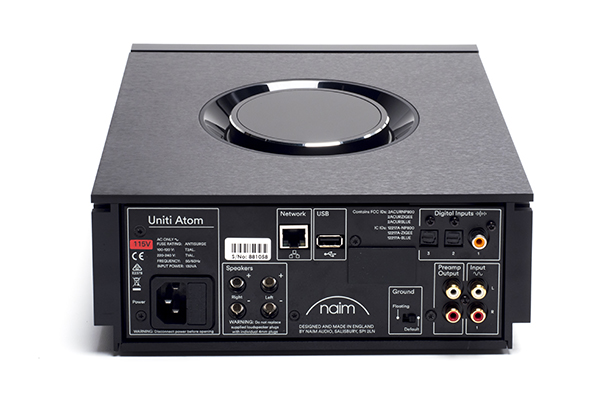
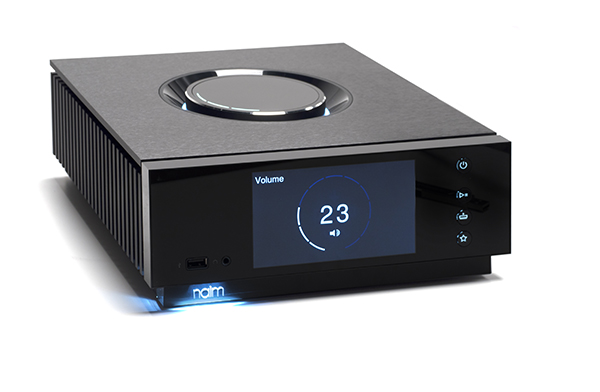
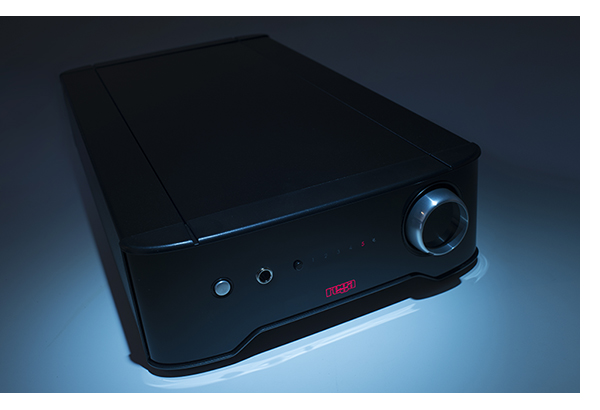
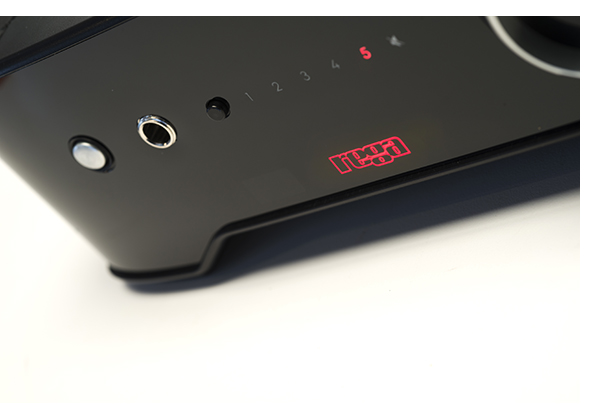
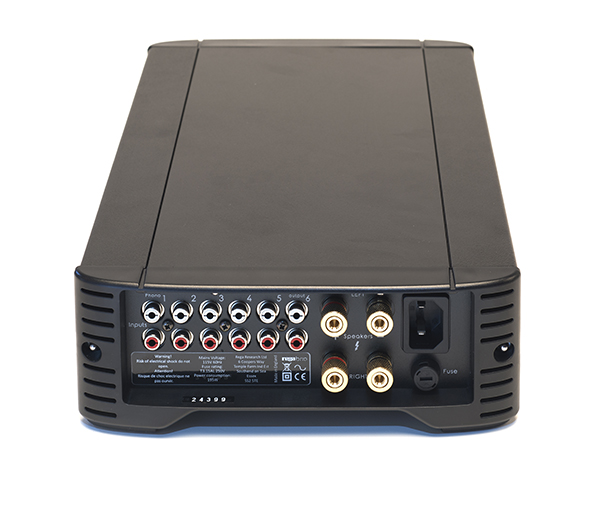
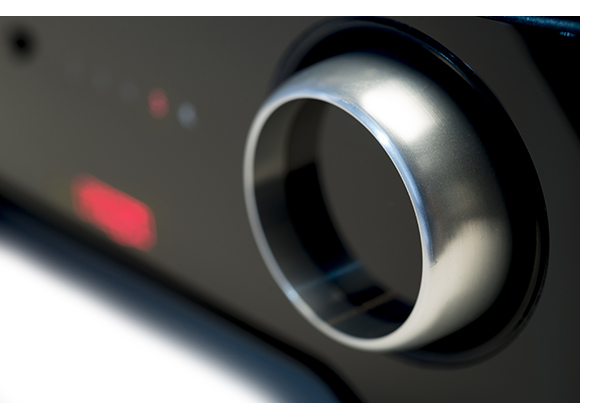
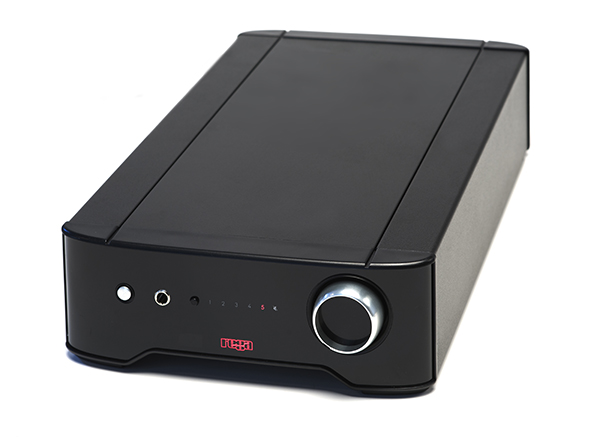
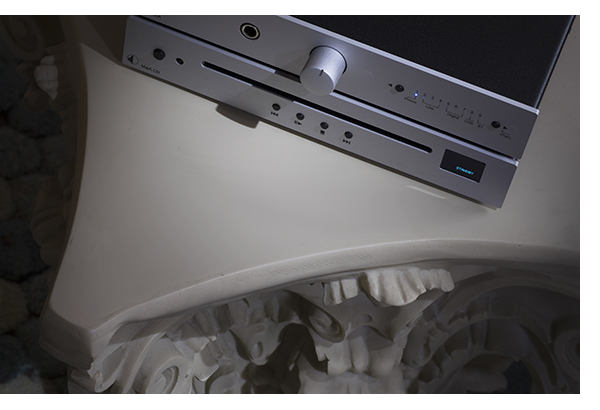
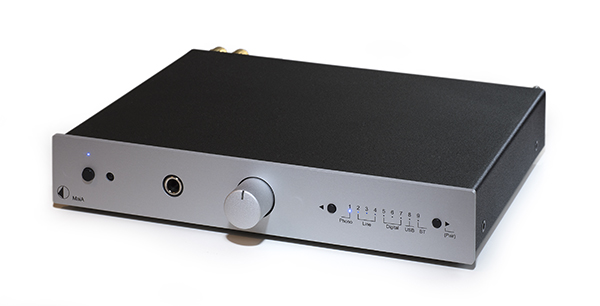
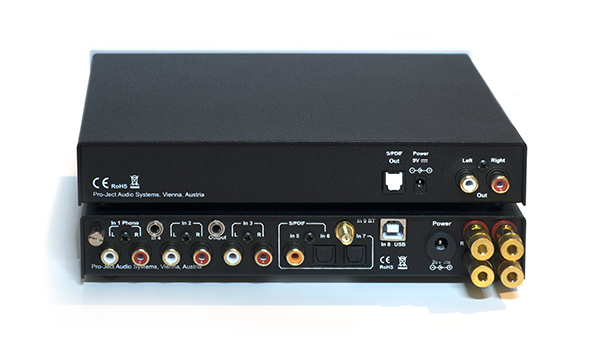
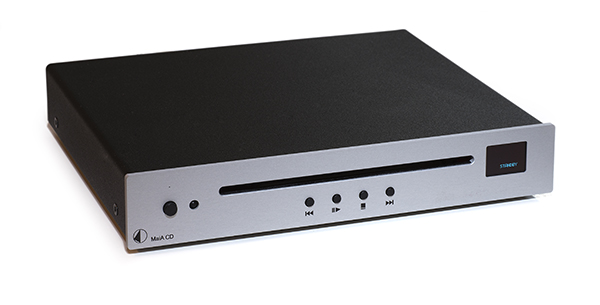
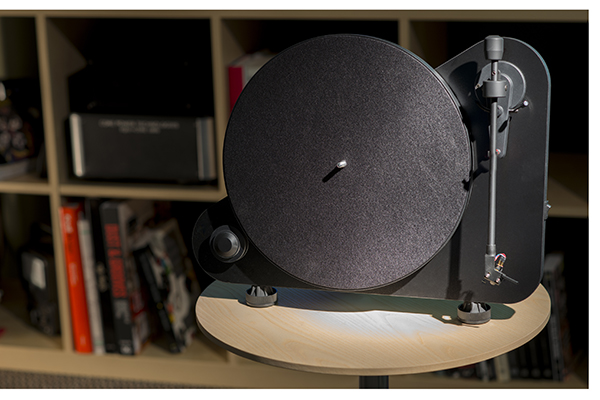
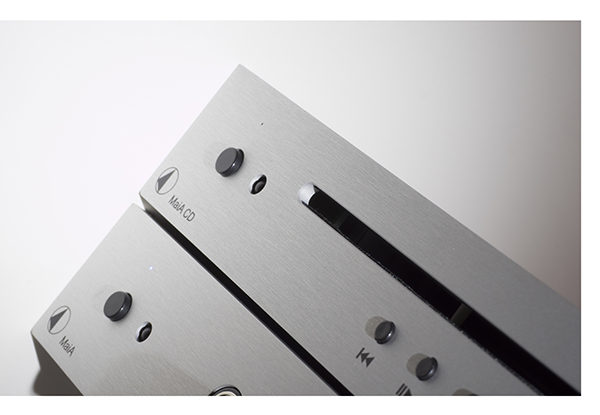
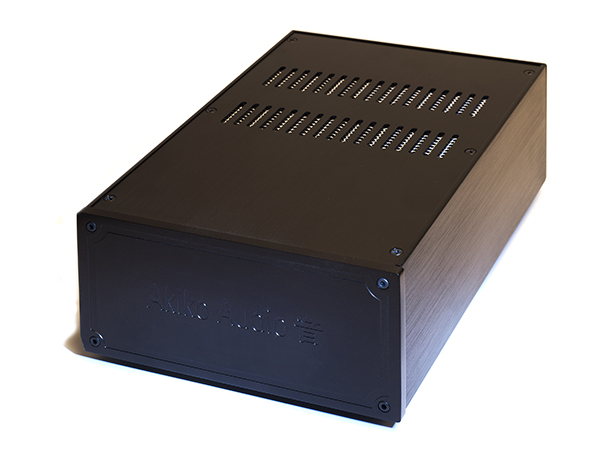
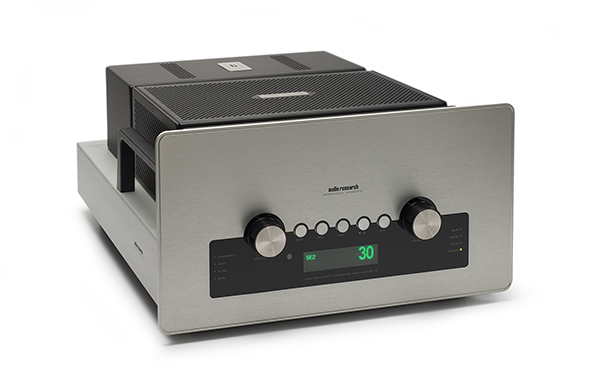
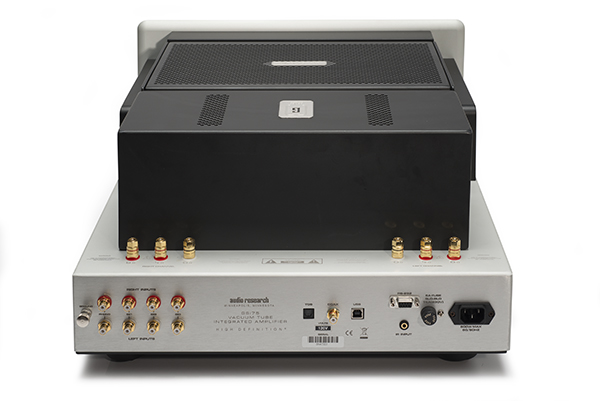
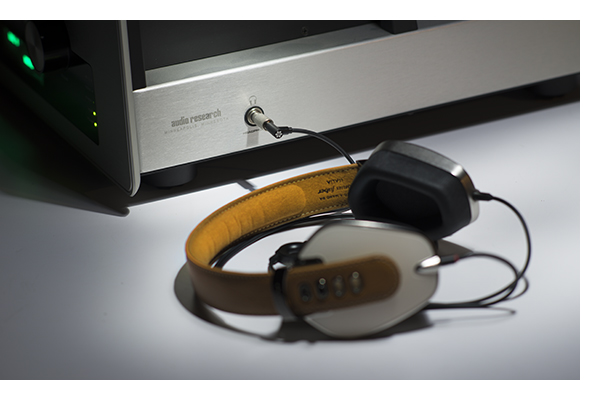
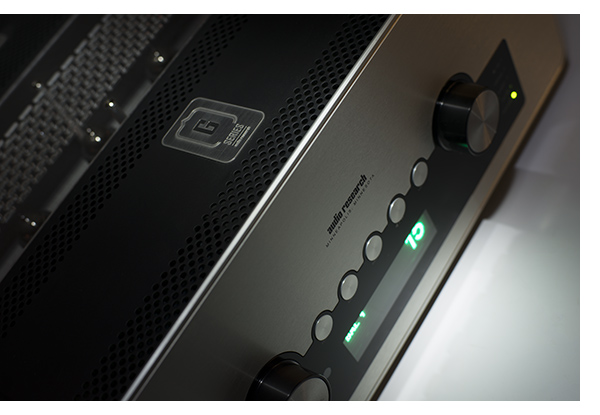
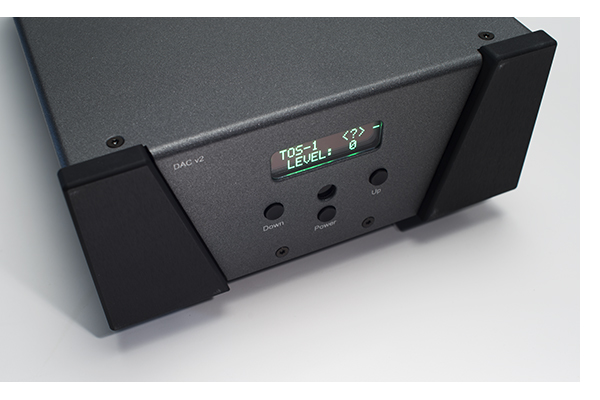
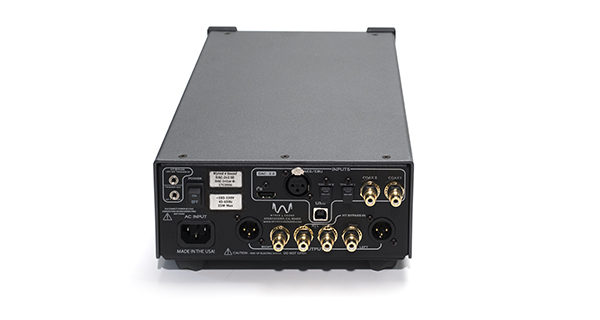
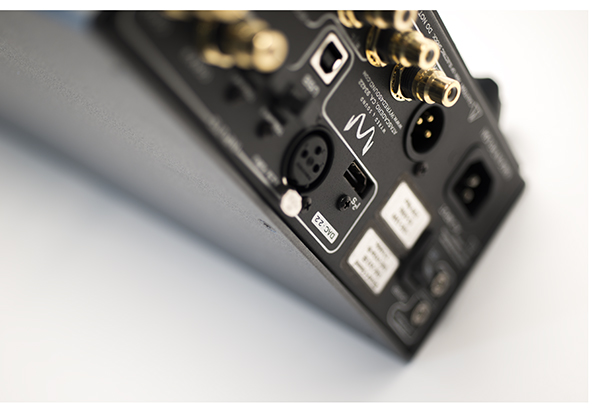
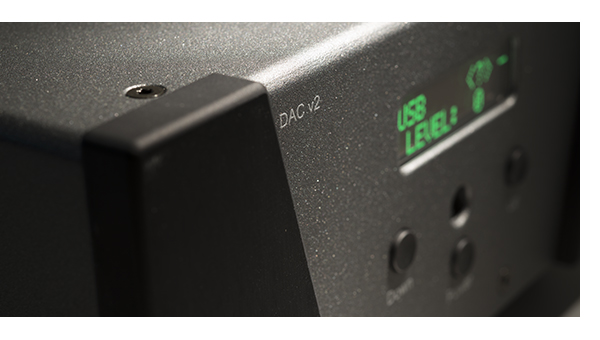
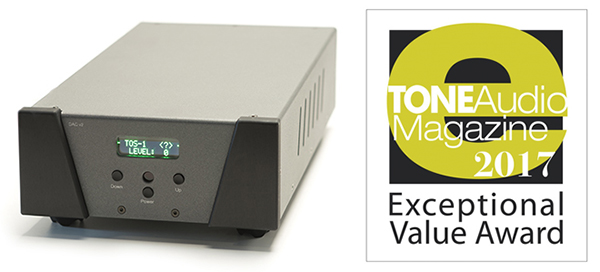
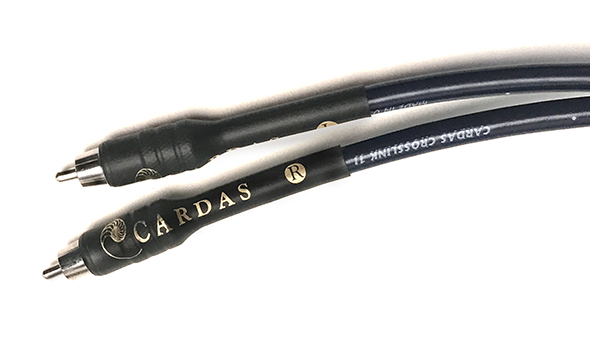
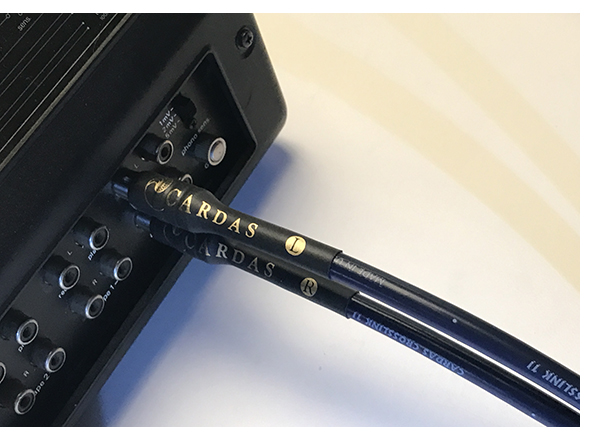
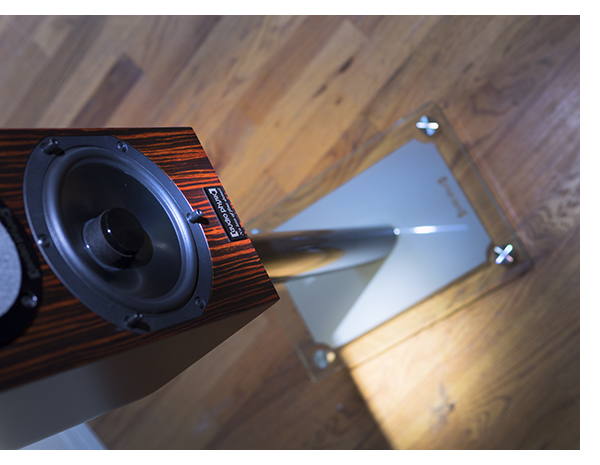
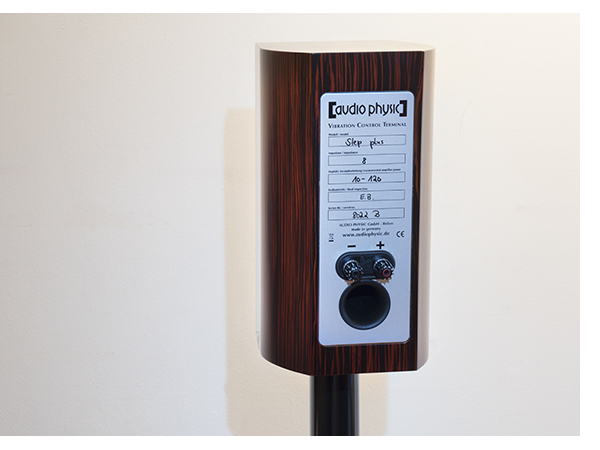
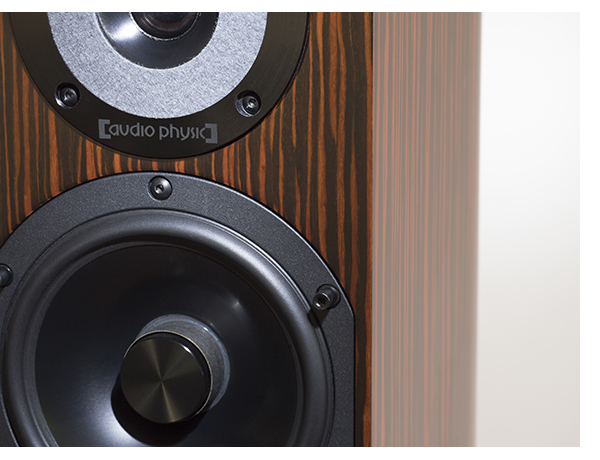
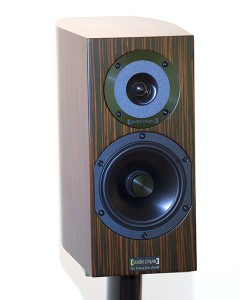
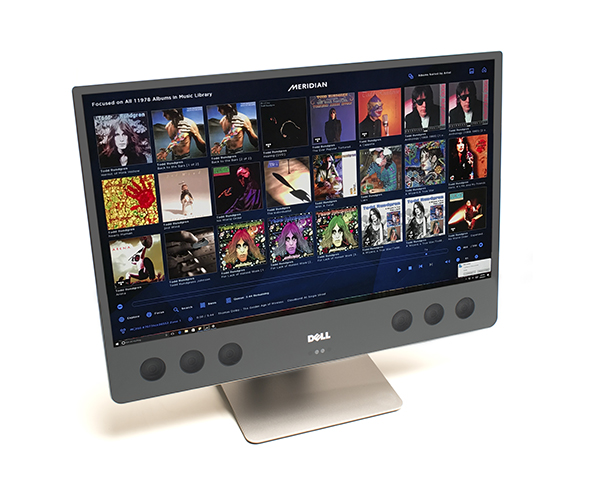
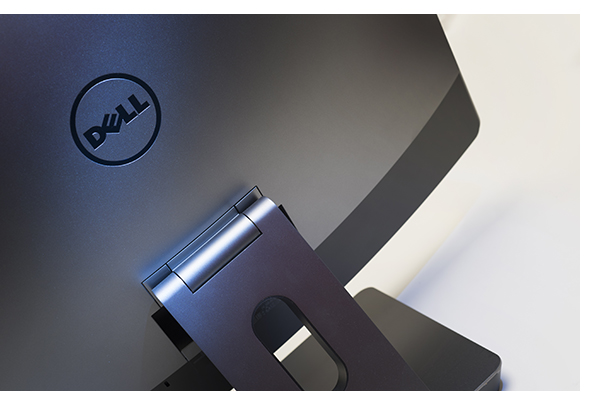
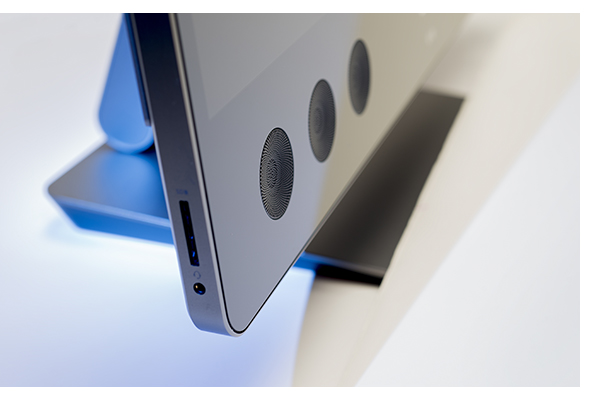





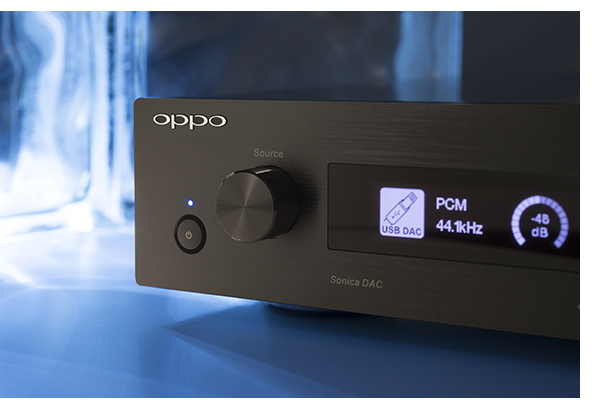
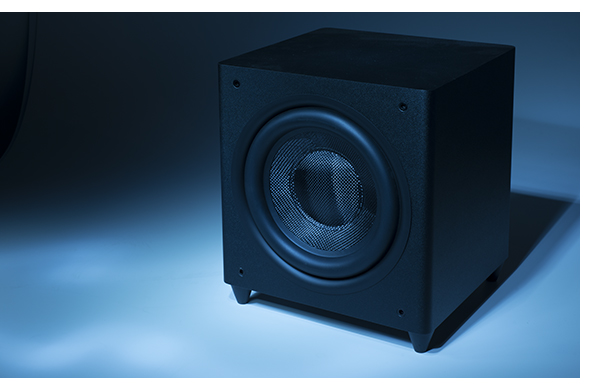
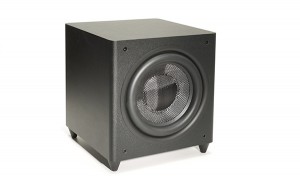
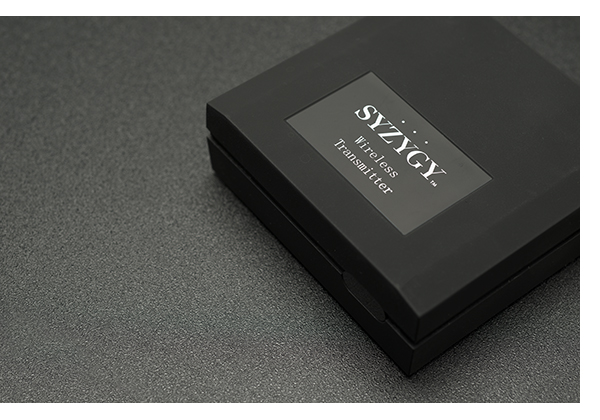
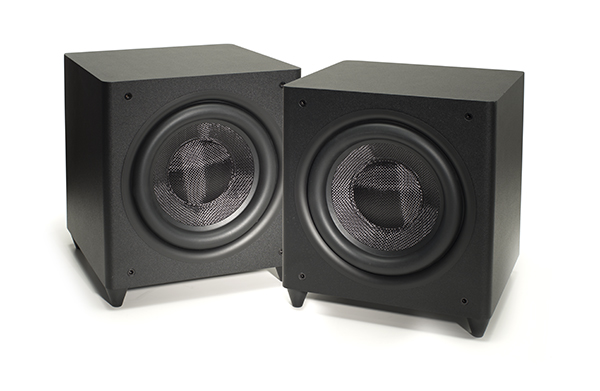
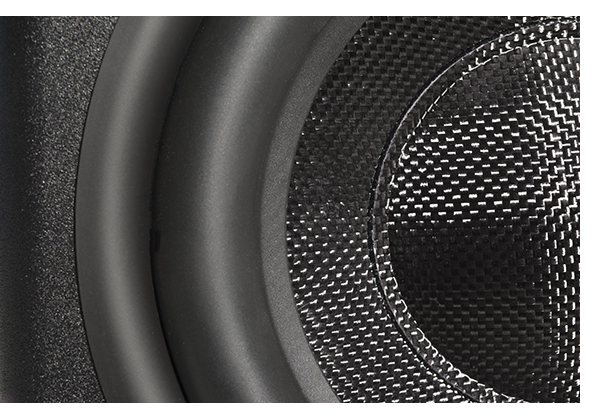
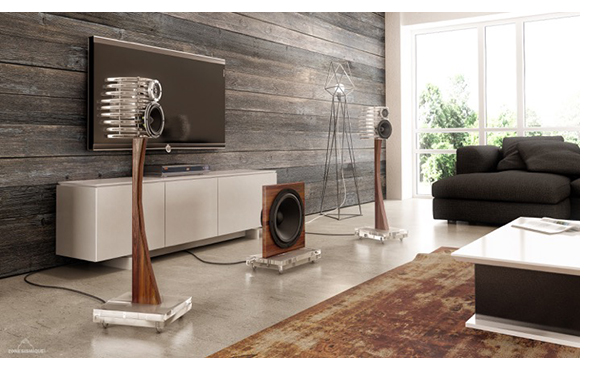
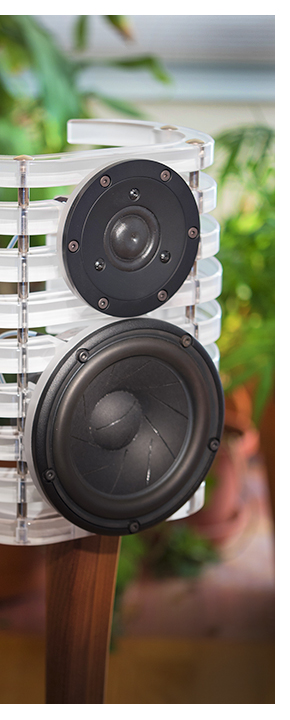
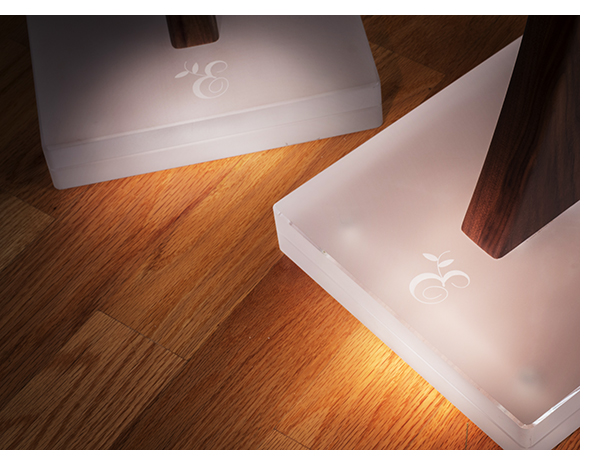
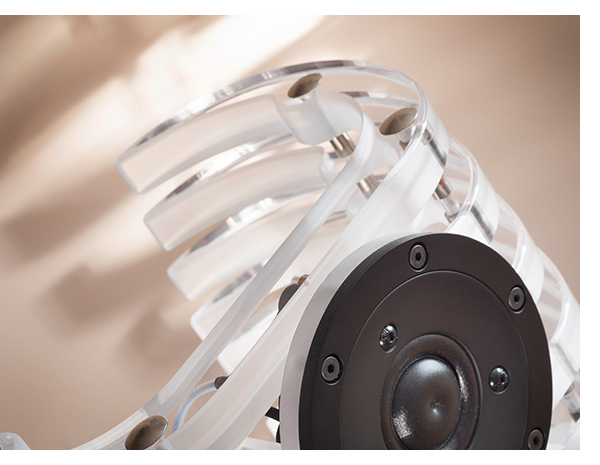
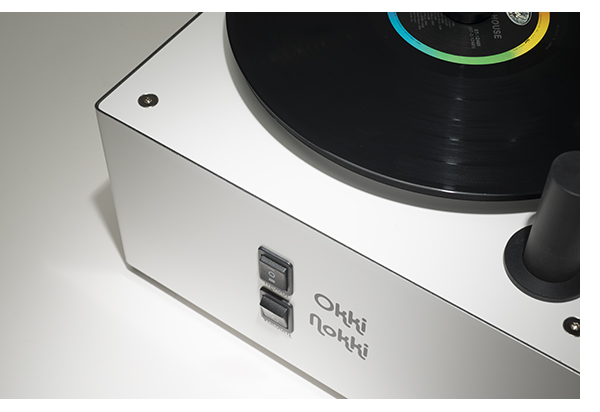
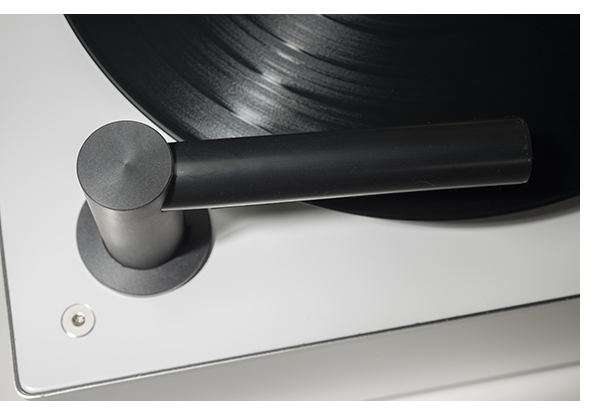
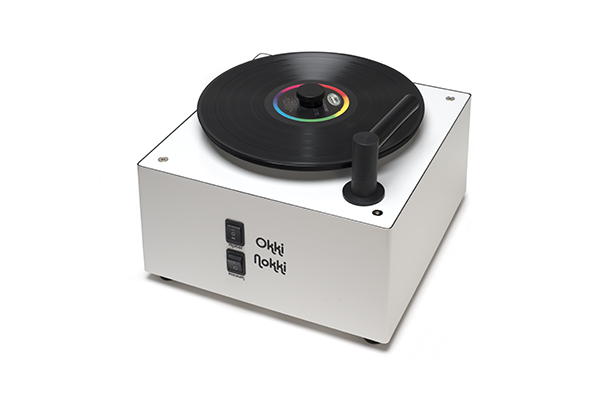
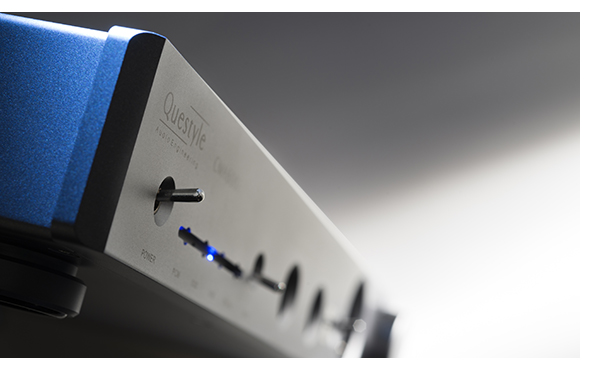
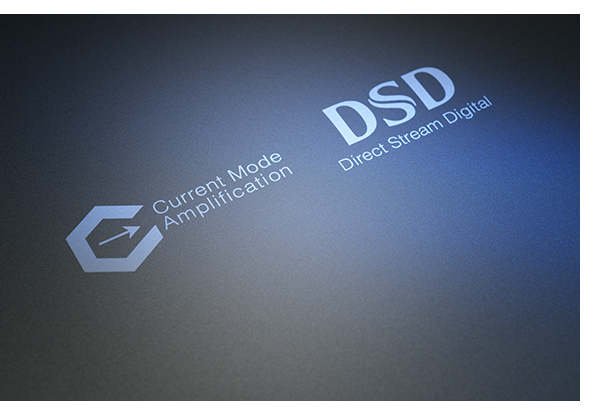
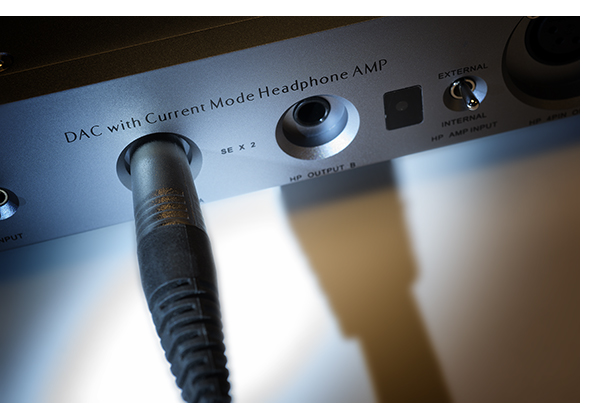
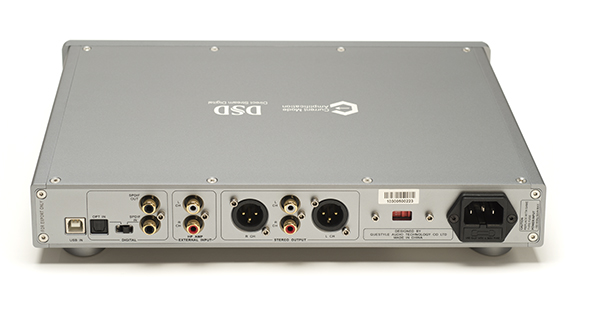
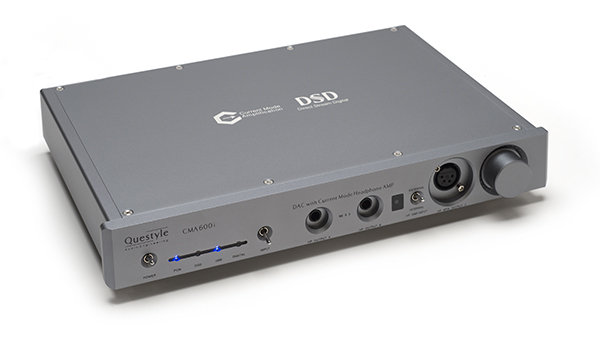
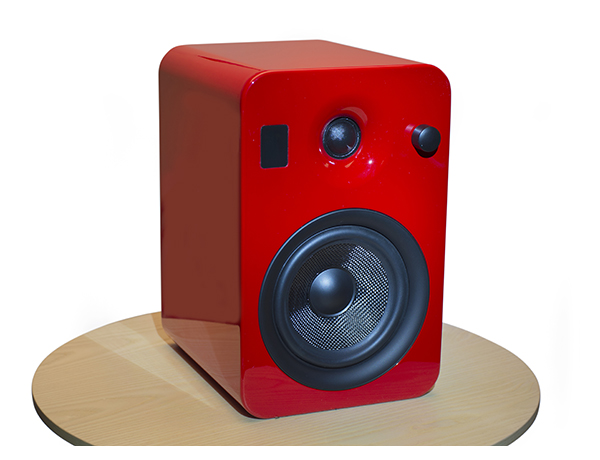
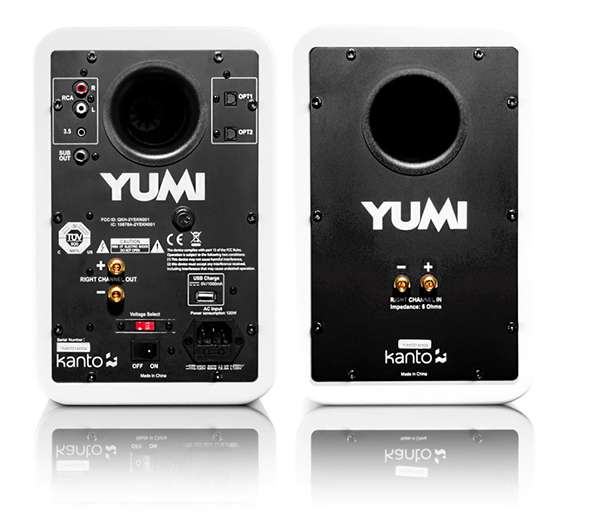
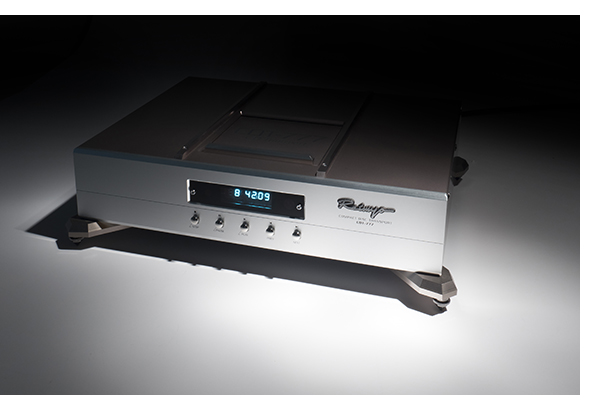
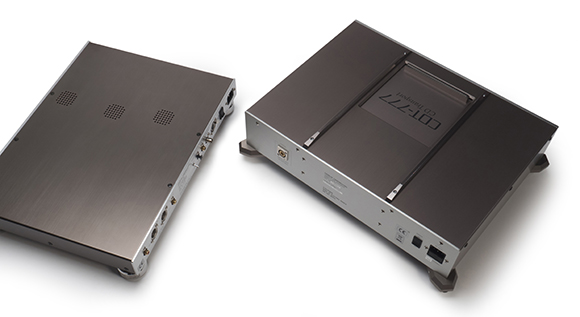
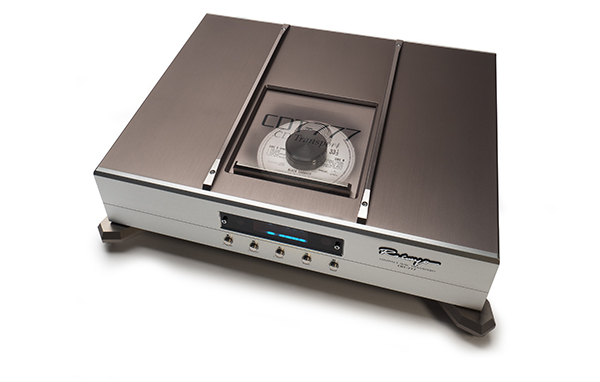
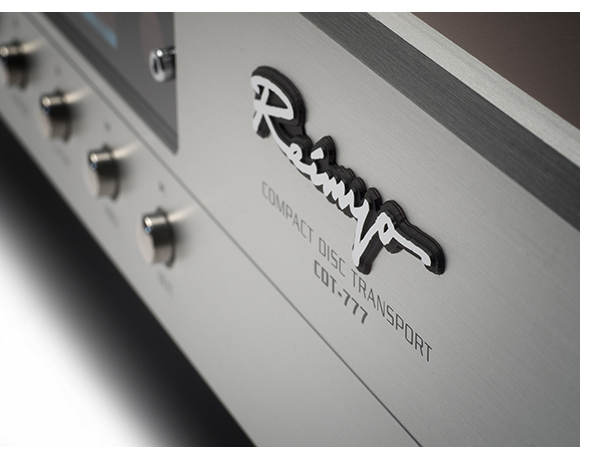
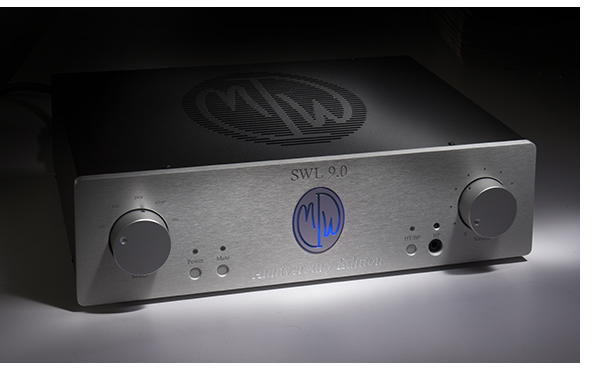
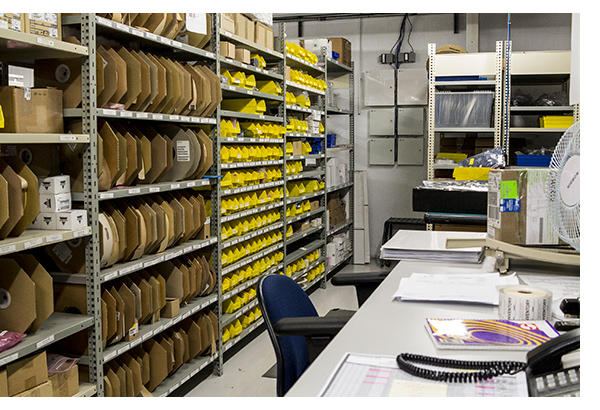 This confirms that breakdowns with Simaudio gear is a rarity, precisely the reason the company offers a 10-year warranty on all of its products. You don’t stay in business for thirty-plus years if you’re mired in constant repair issues. Yet, should the need for service ever occur, the company has a substantial parts inventory on hand.
This confirms that breakdowns with Simaudio gear is a rarity, precisely the reason the company offers a 10-year warranty on all of its products. You don’t stay in business for thirty-plus years if you’re mired in constant repair issues. Yet, should the need for service ever occur, the company has a substantial parts inventory on hand.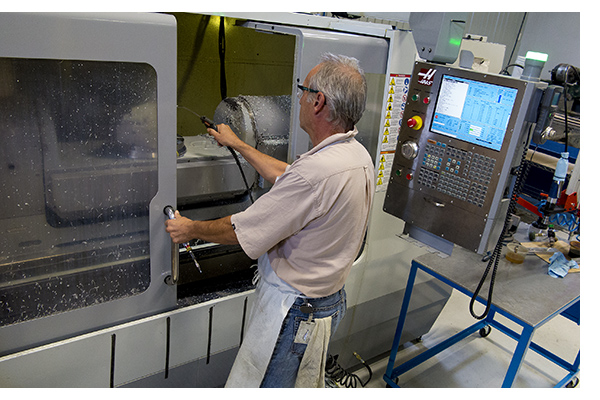
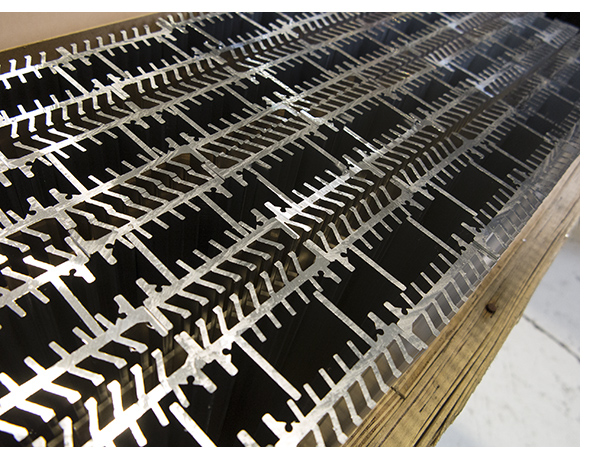 The design team at Simaudio feels that this high-quality casework adds to the finished product in more ways than one. The billet-aluminum enclosures minimize vibration, which results in better performance, but there remains a stringent eye on quality and pride of ownership. Simaudio uses 6063-T5 aluminum, which is not as hard as 6061-T6 aircraft-grade aluminum, but that is superior in appearance, since it can be more finely finished.
The design team at Simaudio feels that this high-quality casework adds to the finished product in more ways than one. The billet-aluminum enclosures minimize vibration, which results in better performance, but there remains a stringent eye on quality and pride of ownership. Simaudio uses 6063-T5 aluminum, which is not as hard as 6061-T6 aircraft-grade aluminum, but that is superior in appearance, since it can be more finely finished.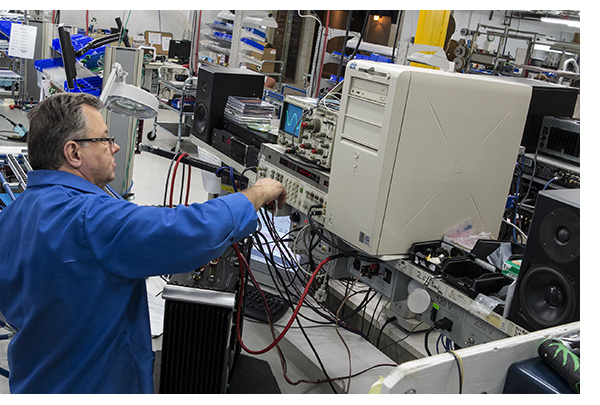
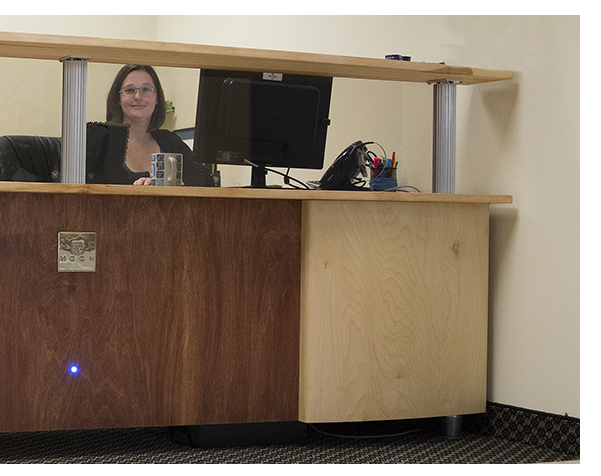 The Difference is in the Details
The Difference is in the Details
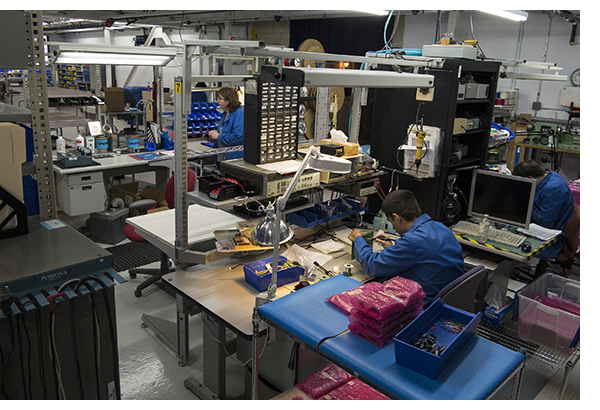
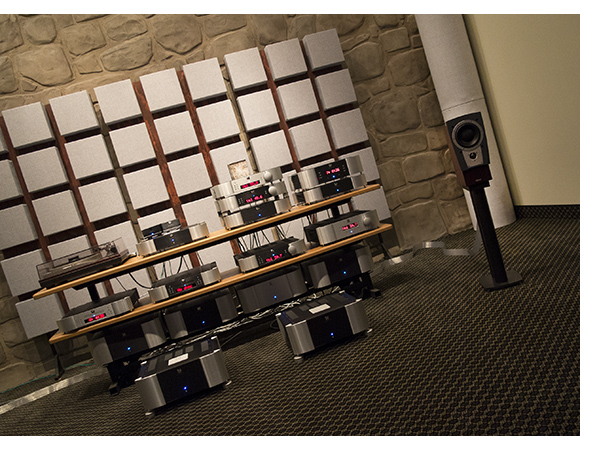 During my visit, the second room was not quite finished, but the main room is most certainly a testament to what great gear can sound like when properly set up. Here, Sim’s latest 850P Dual-Mono Reference Preamplifier, a pair of its 880M Mono Reference Power Amplifiers, the 810LP phonostage and the 750D DAC/CD Transport were driving a pair of Dynaudio Confidence C1 II speakers. As a C1 owner, I came away with a new appreciation for not only how much the room contributes to the overall sound of a system, but also how much more sound lurks in a pair of great speakers when premium electronics are supporting them. The equal level of resolution, tonal purity and ease this system provides again underscores how much care with which Sim builds its components.
During my visit, the second room was not quite finished, but the main room is most certainly a testament to what great gear can sound like when properly set up. Here, Sim’s latest 850P Dual-Mono Reference Preamplifier, a pair of its 880M Mono Reference Power Amplifiers, the 810LP phonostage and the 750D DAC/CD Transport were driving a pair of Dynaudio Confidence C1 II speakers. As a C1 owner, I came away with a new appreciation for not only how much the room contributes to the overall sound of a system, but also how much more sound lurks in a pair of great speakers when premium electronics are supporting them. The equal level of resolution, tonal purity and ease this system provides again underscores how much care with which Sim builds its components.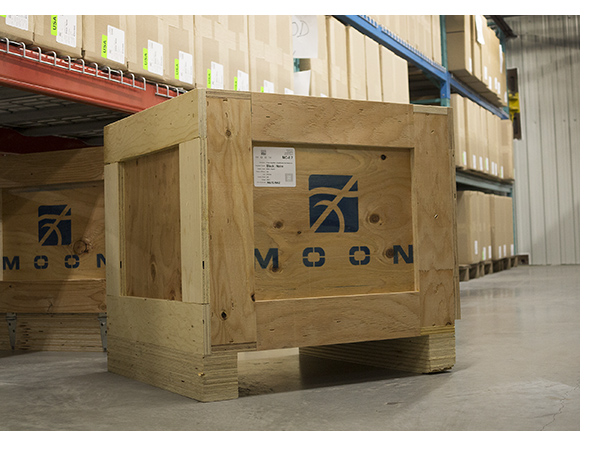
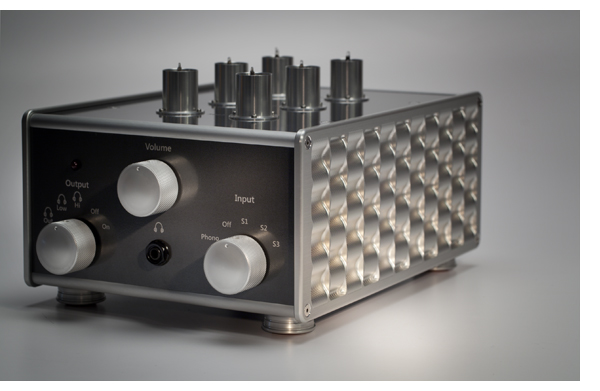 With the renaissance that vacuum tubes have been undergoing for the last decade or so, it’s more challenging than ever to create a tube preamp that stands out from the pack.
With the renaissance that vacuum tubes have been undergoing for the last decade or so, it’s more challenging than ever to create a tube preamp that stands out from the pack.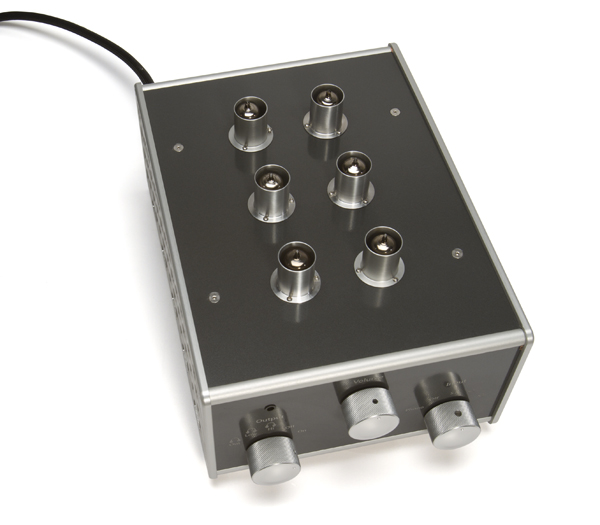 Stunning Musicality
Stunning Musicality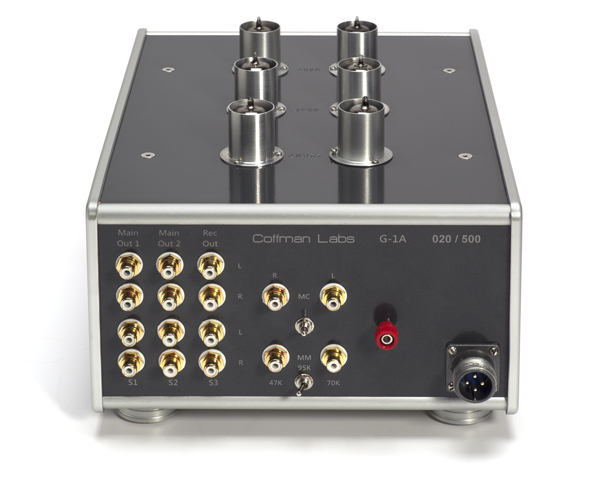 Full Function Phono and Phones
Full Function Phono and Phones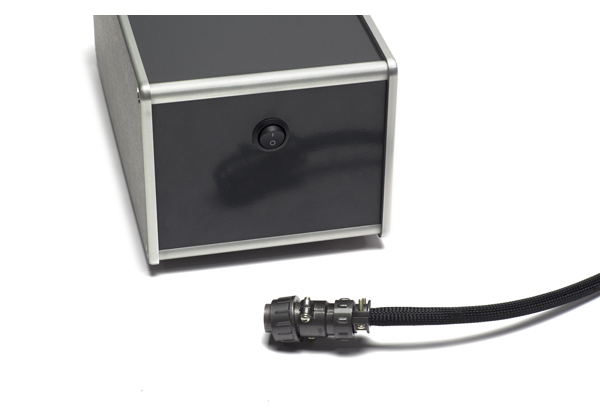 So What Makes This Thing Awesome?
So What Makes This Thing Awesome?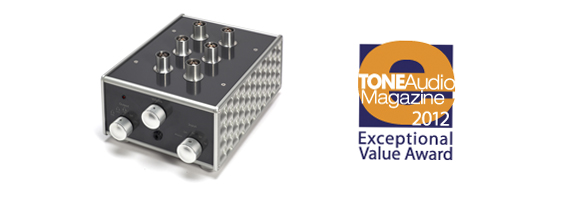 The Coffman Labs G-1A Preamplifier
The Coffman Labs G-1A Preamplifier The ins and outs
The ins and outs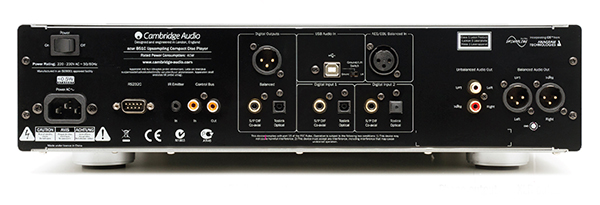 CD Player surprises
CD Player surprises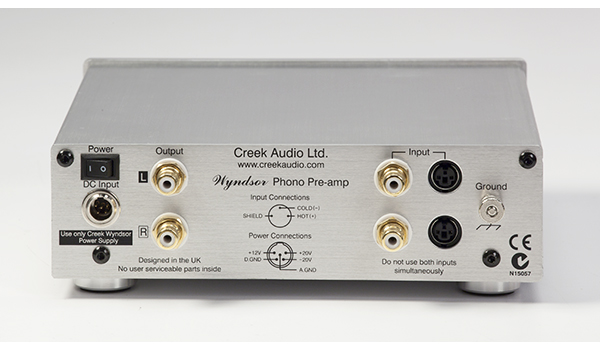 Very Versatile
Very Versatile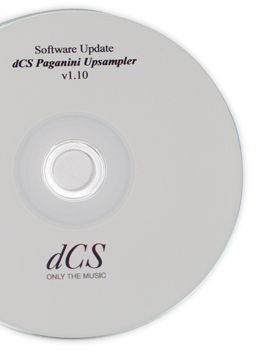
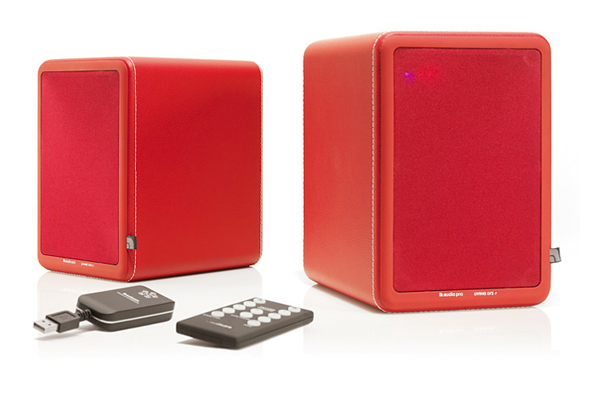 Utilizing a two way, front ported design, featuring a 4.5 – inch woofer and a 1-inch soft dome tweeter, each powered by a 25 watt class D amplifier, and optimized via DSP crossovers, the LV2 plays with authority and offers much more dynamic punch than I was expecting from such small speakers. Audio Pro claims that their wireless transmitter that operates in the 2.4GHz band will carry for about 165 feet (50 meters) could not be verified, but they did work from anywhere in my house to the garage or studio, which were about 50 feet away.
Utilizing a two way, front ported design, featuring a 4.5 – inch woofer and a 1-inch soft dome tweeter, each powered by a 25 watt class D amplifier, and optimized via DSP crossovers, the LV2 plays with authority and offers much more dynamic punch than I was expecting from such small speakers. Audio Pro claims that their wireless transmitter that operates in the 2.4GHz band will carry for about 165 feet (50 meters) could not be verified, but they did work from anywhere in my house to the garage or studio, which were about 50 feet away.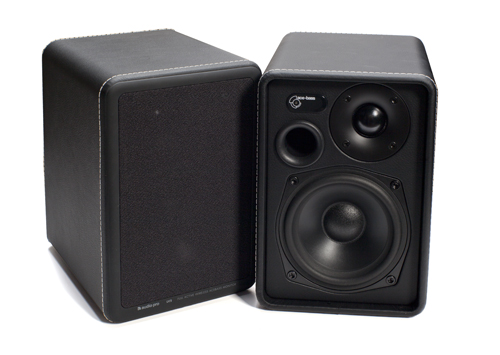 Natural mids, Excellent Imaging
Natural mids, Excellent Imaging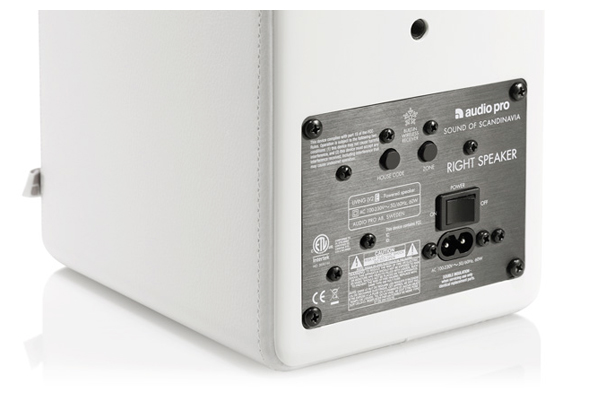 Bass and Then Some
Bass and Then Some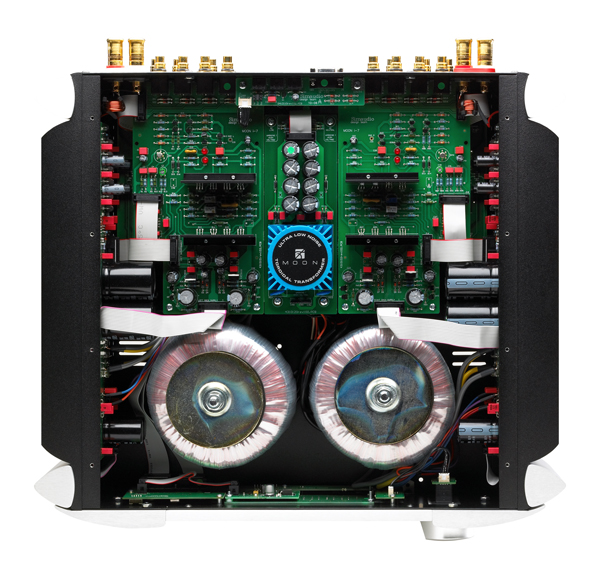 A Solid Case for An Integrated
A Solid Case for An Integrated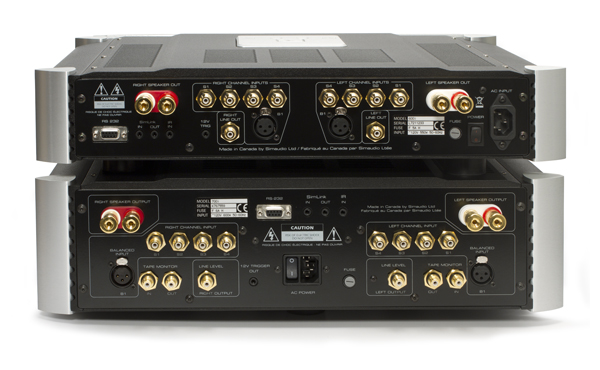 Ins and Outs
Ins and Outs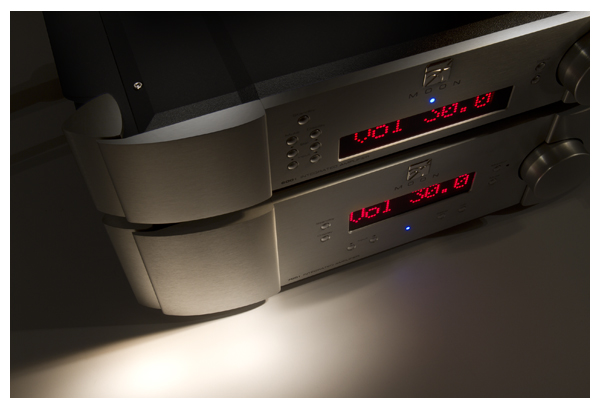 600i vs. 700i
600i vs. 700i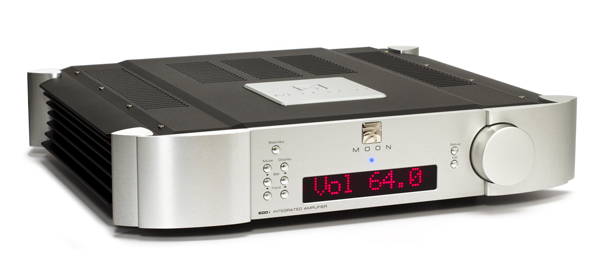 Living In the Past
Living In the Past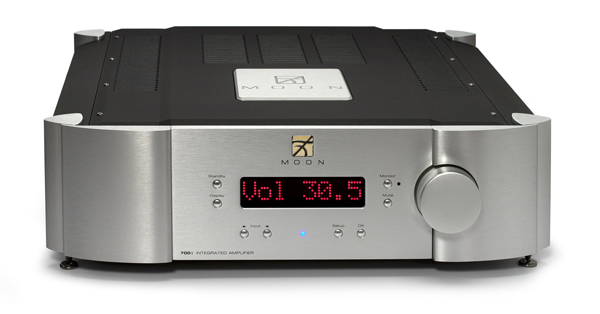 Spending Other People’s Cash
Spending Other People’s Cash